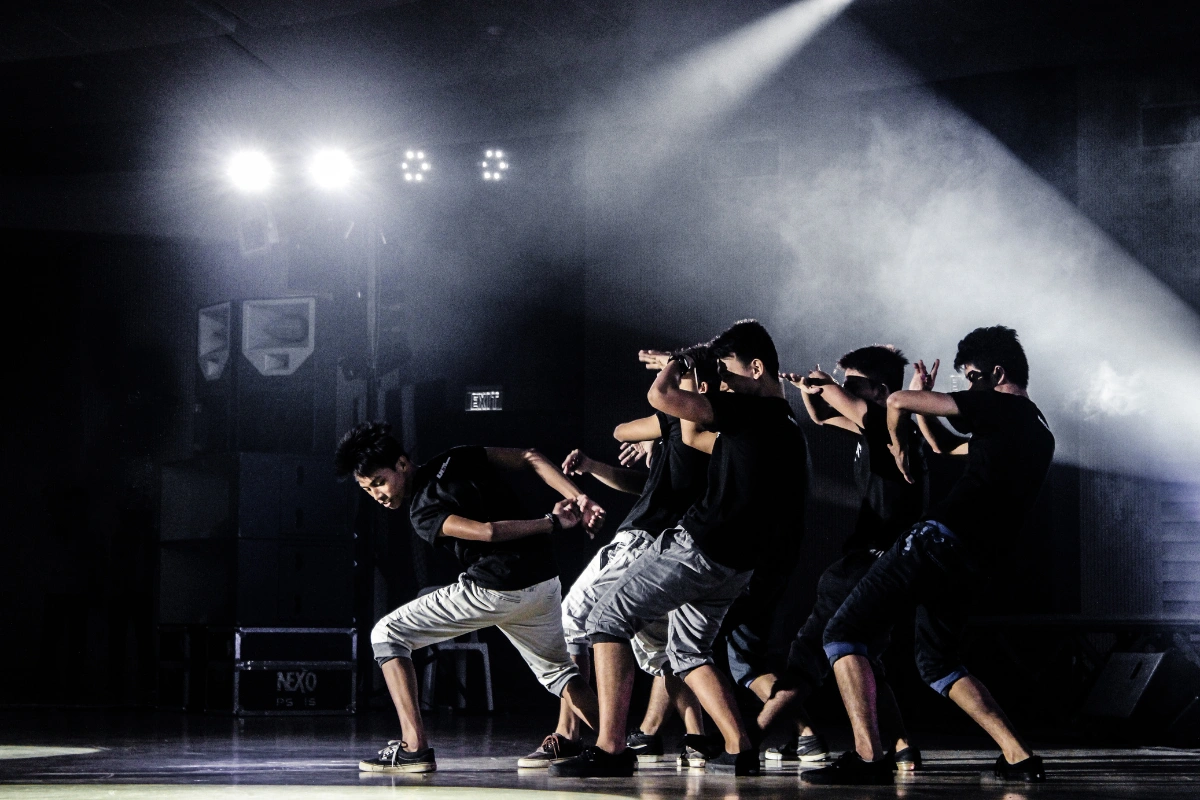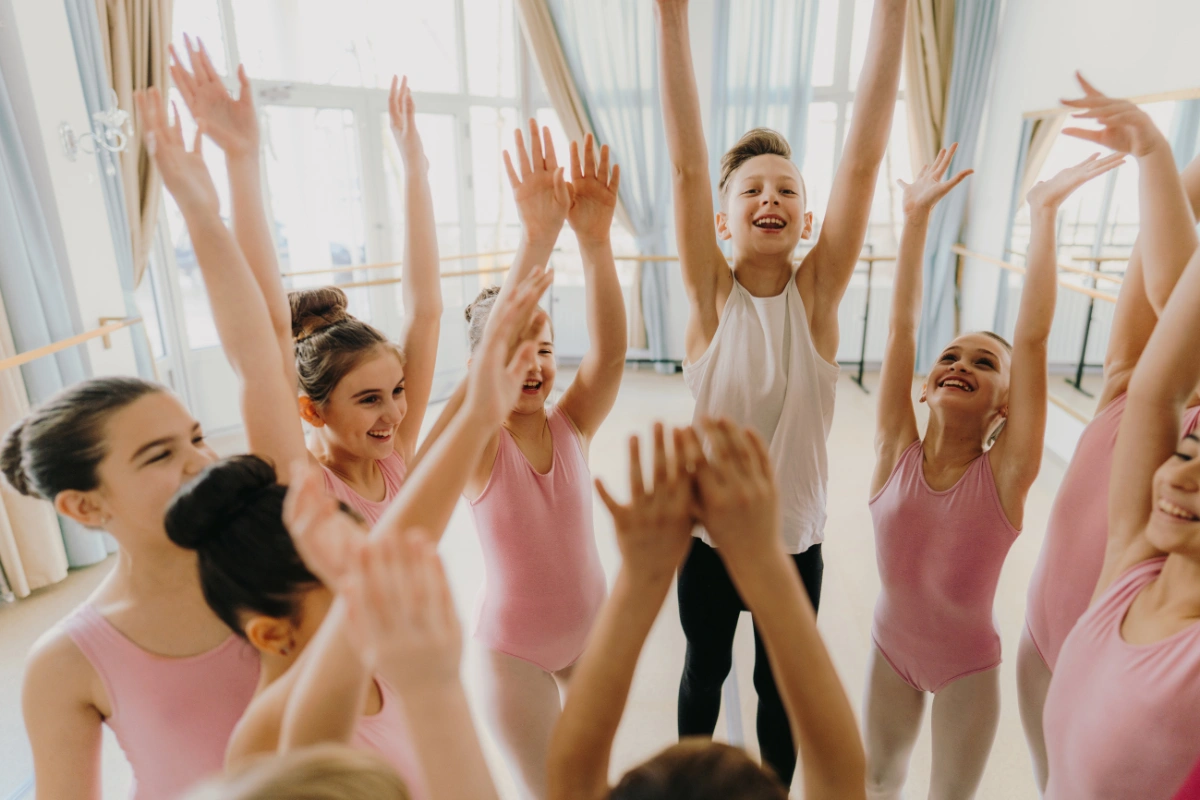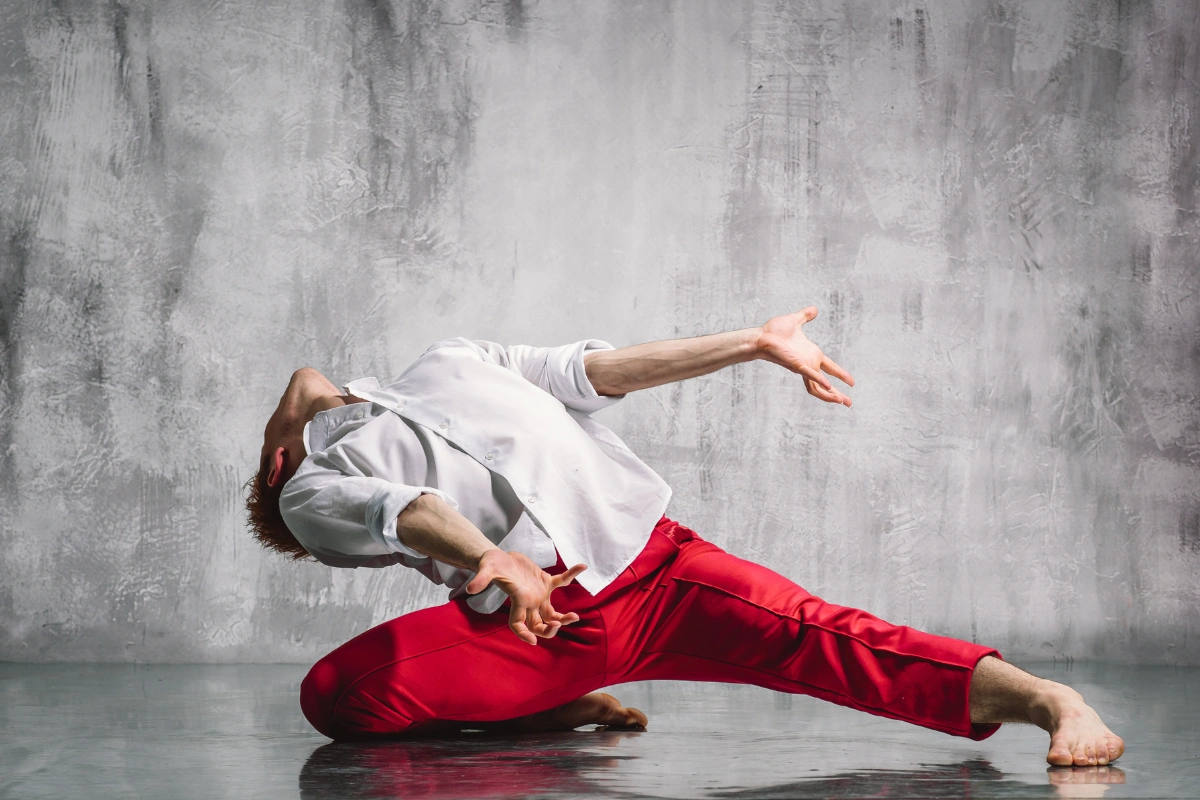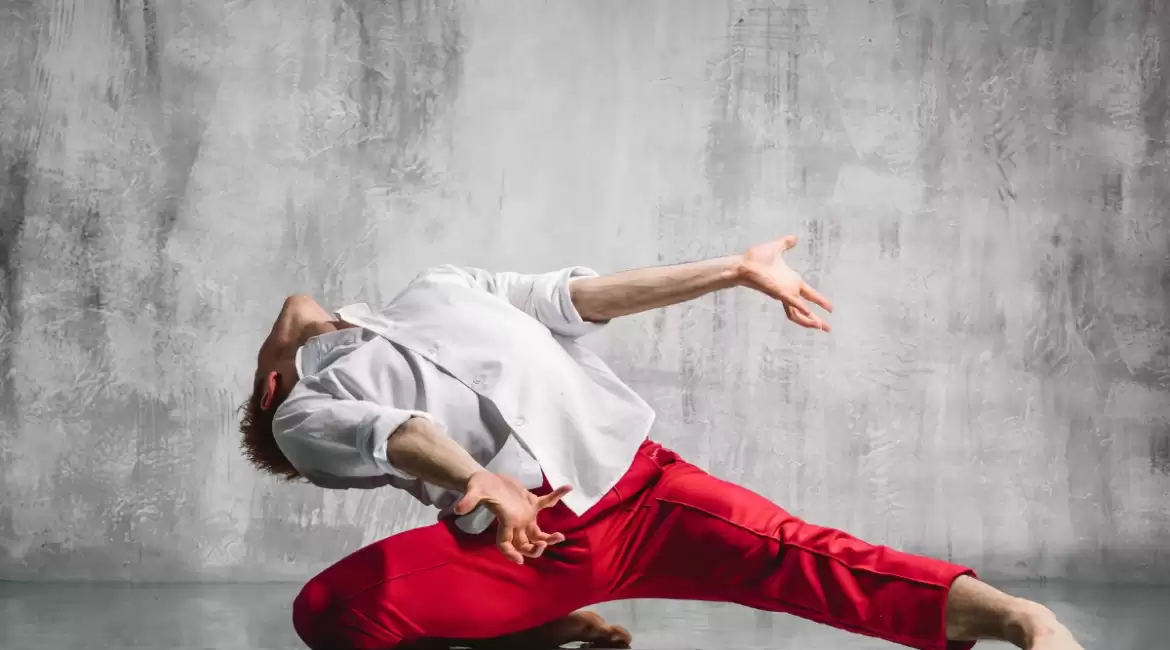In this guide, we’ll explore the art of musicality in dance—an essential skill that breathes life and depth into your performances. From understanding the nuances of music to translating it into captivating movement, let’s embark on a journey to unlock the true potential of your dance expression.
Musicality in Choreography
Musicality in choreography encompasses a meticulous and deliberate approach to expressing oneself through movement in harmony with music. It parallels the process of crafting a scholarly paper or completing an assignment. Just as one immerses oneself in research, delving into various sources to comprehend the subject matter, choreographers immerse themselves in the music, listening to it repeatedly, dissecting its nuances, and exploring movements that resonate with its rhythm and melody. This immersive phase is akin to gathering data, absorbing every note and beat, understanding the mood and tone conveyed by the music. Subsequently, like synthesizing research findings into a coherent thesis, choreographers synthesize their understanding of the music into a choreographic vision. They interpret the music through movement, translating its emotional depth and narrative into a physical language that captivates audiences. Every step, gesture, and formation becomes a reflection of the choreographer’s interpretation of the music, meticulously crafted to evoke specific feelings and resonate with the audience. Thus, musicality in choreography transcends mere synchronization with the beat; it embodies a profound connection between music and movement, where each informs and enriches the other to create a unified artistic expression.

Musicality In Freestyle
Musicality in freestyle dance is akin to the experience of sitting for an exam. Just as diligent preparation and practice are essential for success in a test, freestylers invest significant time and effort in honing their craft. They immerse themselves in the music, familiarizing themselves with various songs, rhythms, and genres, much like studying different subjects for an exam. Through countless hours of practice, they refine their movements, perfect their technique, and build muscle memory, akin to solving practice problems to reinforce learning.
When it comes to freestyling, dancers draw upon this extensive preparation and knowledge spontaneously, much like tackling exam questions in real-time. As they hear the music playing, they instinctively apply the skills and insights gleaned from their practice sessions, seamlessly integrating them into their improvised movements. Just as test-takers employ their understanding of different topics to solve unfamiliar problems, freestylers adapt their repertoire of moves and techniques to complement the rhythm, mood, and nuances of each song they encounter.
Moreover, like navigating through the challenges of an exam, freestylers must think on their feet, making split-second decisions about which movements to execute, how to transition between them, and how to express themselves authentically through their dance. This process mirrors the cognitive agility required to analyze and respond to unfamiliar questions during an exam, drawing upon both knowledge and intuition to produce a coherent and compelling performance.
Step 1: Understand The Different Elements Of The Song
Approaching a song for choreography is akin to solving a complex puzzle. Just as one dissects a puzzle into its individual pieces to understand its entirety, dancers break down a song into its distinct elements to grasp its essence fully. This process begins with attentive listening, repeated immersion in the music to discern and isolate each instrument or vocal contribution.
While some elements of the song may be readily apparent, such as the lead vocals or the foundational drumbeat, the true allure lies in uncovering the subtler nuances concealed within. Take, for instance, syncopated rhythms—an exhilarating facet of music that adds layers of complexity and intrigue. Yet, deciphering syncopation often necessitates a pause in the exploration, a moment to meticulously deconstruct the rhythm before it can be internalized and expressed.
Moreover, amidst the plethora of sounds interwoven within a song, some may remain obscured, awaiting discovery like buried treasures. That exhilarating sensation of unearthing a hidden gem within the music evokes a profound sense of revelation—a euphoric “AH-HAH” moment that resonates deeply with dancers and choreographers alike.
As familiarity with the song deepens, the pieces of the musical puzzle gradually coalesce, revealing their interconnectedness and symbiotic relationship. Each element informs the others, creating a rich tapestry of sound that serves as a canvas for artistic expression. With this enhanced understanding, dancers gain the ability to select and highlight specific aspects of the music through their movements, weaving together a narrative that reflects the song’s essence and resonates with their audience.

Step 2: Understand How Each Instruments Sound
Having dissected the song’s elements, the next step is to delve into the intricacies of each instrument’s sound. Each layer of a song possesses its unique qualities and expressions, akin to distinct voices in a harmonious ensemble. For those with a musical background, this exploration may feel somewhat familiar, drawing upon an understanding of musical notation and performance dynamics. However, developing musicality in dance requires a different approach—a process of extracting the essence of sound from its musical context.
Consider, for instance, the lyrics of a song—a melodic narrative woven with varying cadences, pitches, and tones. Some syllables may burst forth with rapid-fire intensity, while others linger and stretch languidly across the melody. As a dancer, it’s essential to mirror these nuances in movement, translating short, staccato syllables into crisp, punctuated gestures and elongated phrases into fluid, sustained motions. Moreover, the pitch of the music can evoke visceral responses, prompting dancers to explore different levels and dynamics in their choreography.
Yet, the subtleties extend beyond vocal elements to encompass the diverse textures of instrumental sounds. Take, for example, the snare drum—not merely a percussive strike but a complex interplay of attack, resonance, and decay. A discerning ear can distinguish the subtle nuances between a crisp snare hit and the reverberating space that follows, allowing for interpretations ranging from percussive impact to fluid rebound. This principle applies universally to all instruments, each offering a rich tapestry of tonal colors and expressive possibilities.
As dancers immerse themselves in the music, attuning their senses to its myriad textures and timbres, a symbiotic relationship emerges between sound and movement. The mind and body become attuned to the nuances of the music, translating its auditory landscape into a visual tapestry of choreographic expression. Through this intimate dialogue between sound and movement, dancers cultivate a profound connection to the music, infusing their performances with depth, resonance, and emotional authenticity. Thus, by honing their ability to interpret and embody the subtleties of each instrument’s sound, dancers elevate their choreography from mere movement to a transcendent fusion of artistry and musicality.
Step 3: Understand How You (Or Others) Perceive The Music
Each dancer possesses a distinct lens through which they perceive and interpret music. With a comprehensive understanding of the song’s components and nuances, dancers embark on a journey of creative exploration, selecting and shaping elements to showcase their unique artistic vision. Personally, I gravitate towards choreographing to the lyrics, immersing myself in the narrative and emotions conveyed by the vocalist. Yet, I also find inspiration in the intricate interplay of beats and rhythms, weaving a tapestry of movement that harmonizes with the song’s sonic landscape.
One of the most fascinating aspects of musical perception lies in its subjectivity—a testament to the diversity of human experience. What resonates deeply with one dancer may elicit a completely different response from another, leading to a myriad of interpretations and choreographic approaches to the same song. Even within the confines of a shared choreographic piece, individuality shines through in the nuances of timing, dynamics, and expression, shaping each dancer’s unique artistic identity.
To further enrich one’s musicality, studying the interpretations of others becomes invaluable. Observing the nuances of renowned choreographers and dancers offers insights into alternative perspectives and approaches to music interpretation. By dissecting their movements and understanding how they translate auditory stimuli into kinetic expression, dancers can expand their own repertoire of artistic tools and techniques.
In the collaborative setting of dance classes or group rehearsals, witnessing the diverse interpretations of fellow dancers fosters a culture of learning and growth. Experiencing firsthand how others hear and interpret the same song unveils new layers of complexity and possibility, challenging preconceived notions and broadening artistic horizons.
As dancers continue to refine their musicality, their approach to choreography and freestyle becomes more nuanced and instinctual. With practice and perseverance, the process of translating music into movement becomes second nature, ingrained into the very fabric of their being. Armed with a deep understanding of music and a mastery of execution, dancers can authentically showcase their individuality, infusing their performances with layers of complexity, depth, and character.

Summary
This is a comprehensive guide designed to help dancers develop their musicality—the ability to interpret and respond to music through movement. Through a series of practical exercises and insightful lessons, this guide demystifies the concept of musicality and offers actionable strategies for enhancing dance expression. From dissecting the elements of a song to studying the interpretations of master choreographers, dancers are equipped with the tools and insights necessary to unleash their full artistic potential. Whether you’re a seasoned performer or a novice enthusiast, this guide serves as a roadmap to deepening your connection to music and elevating your dance artistry to new heights.


Leave a reply